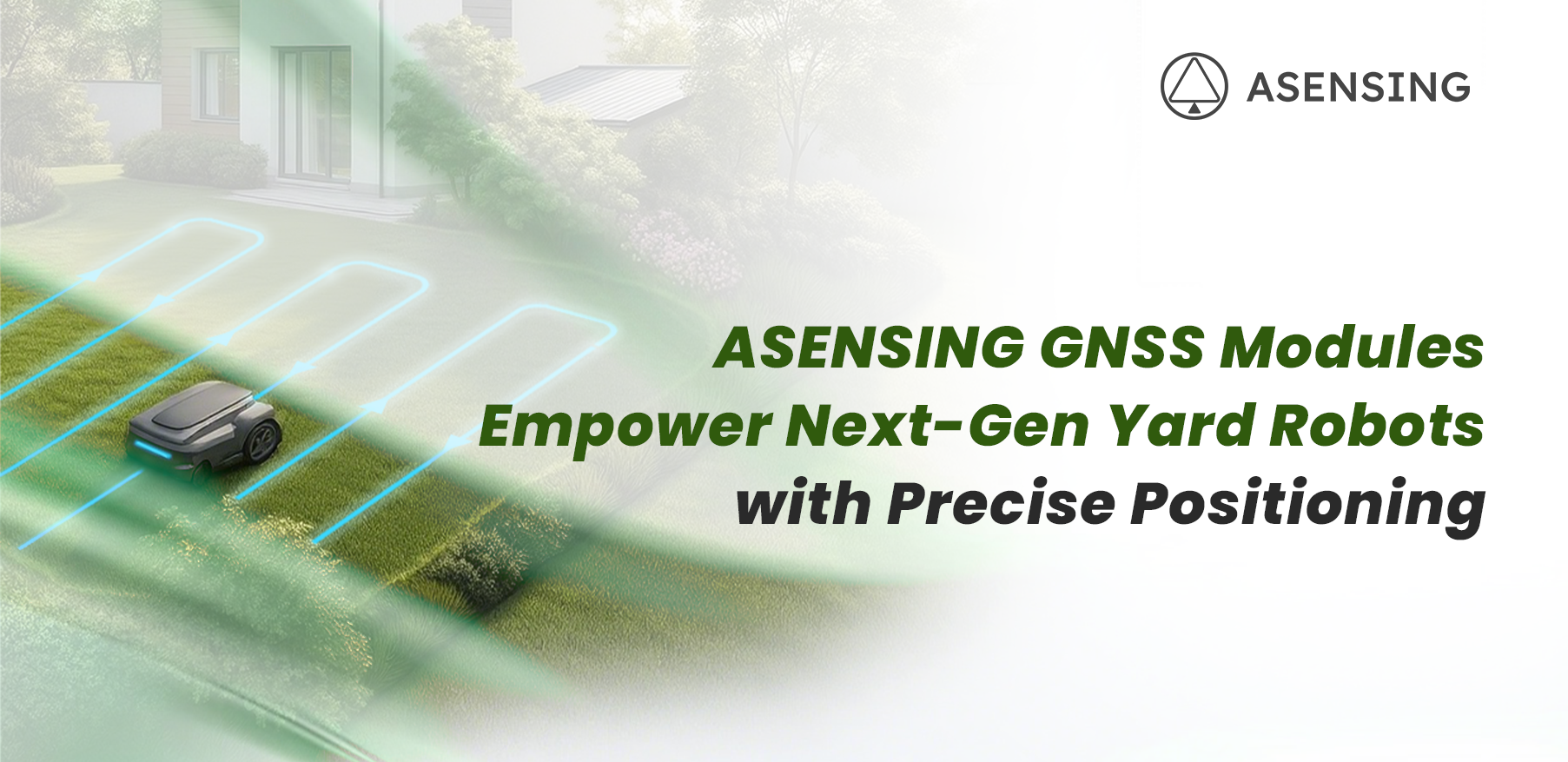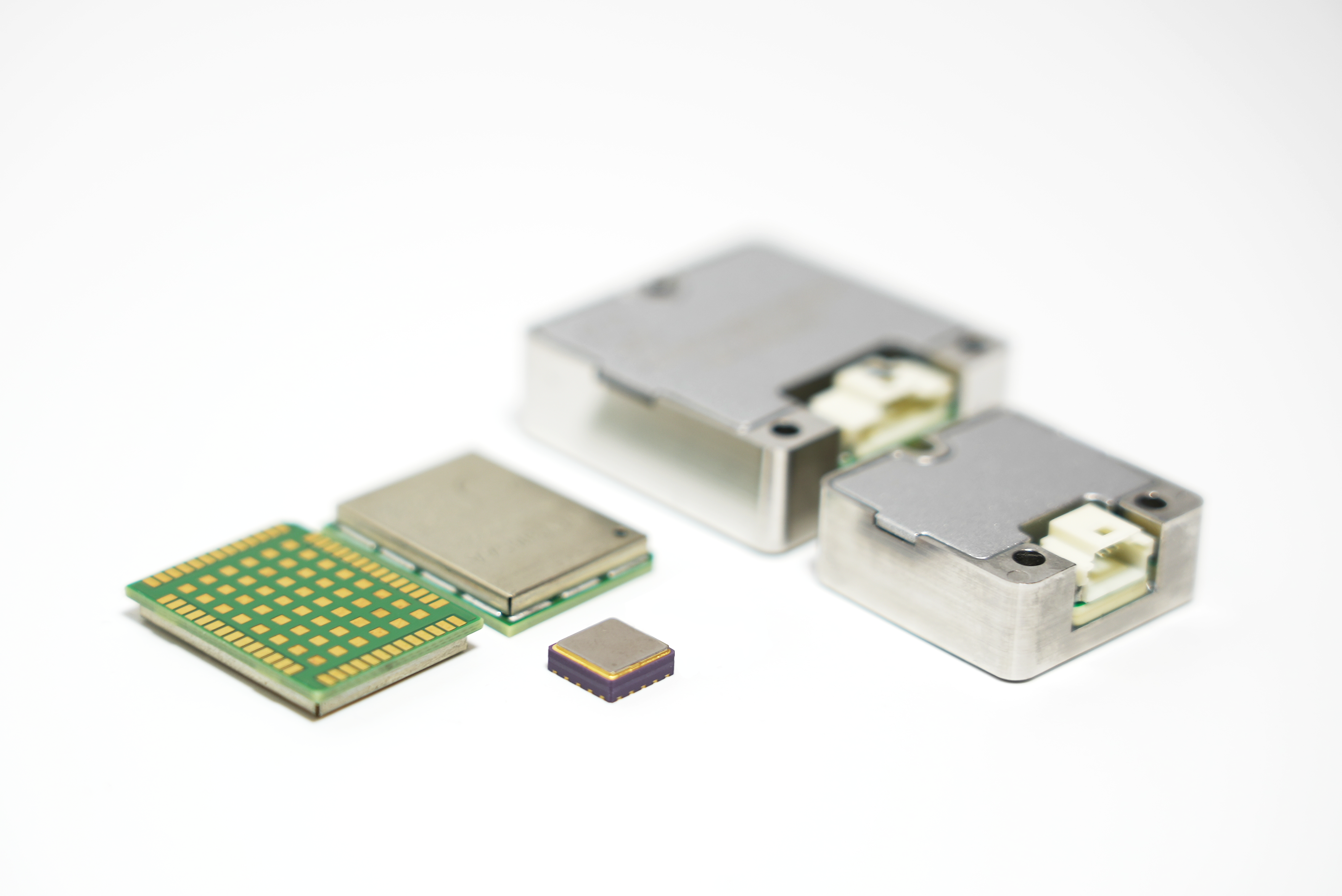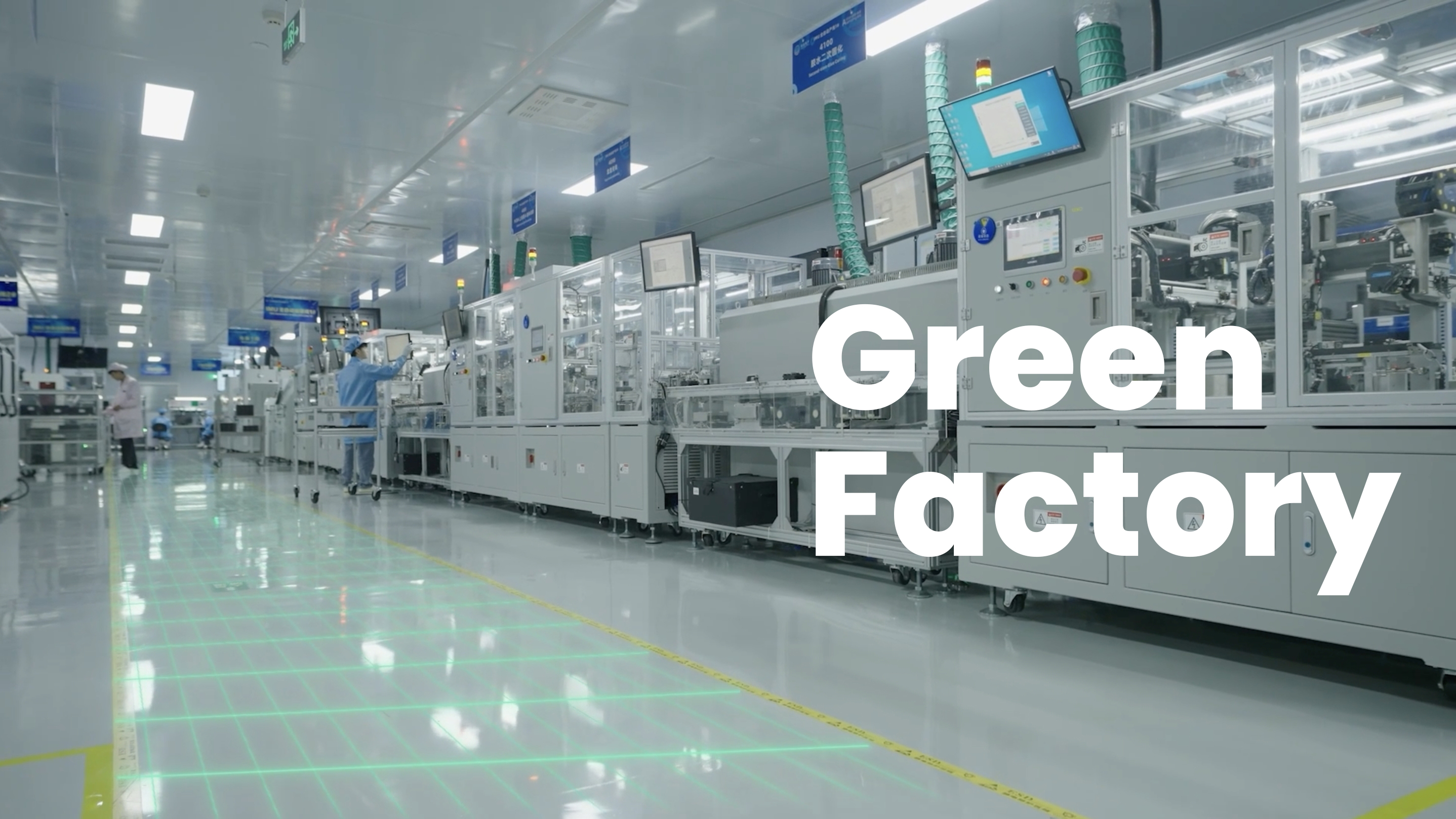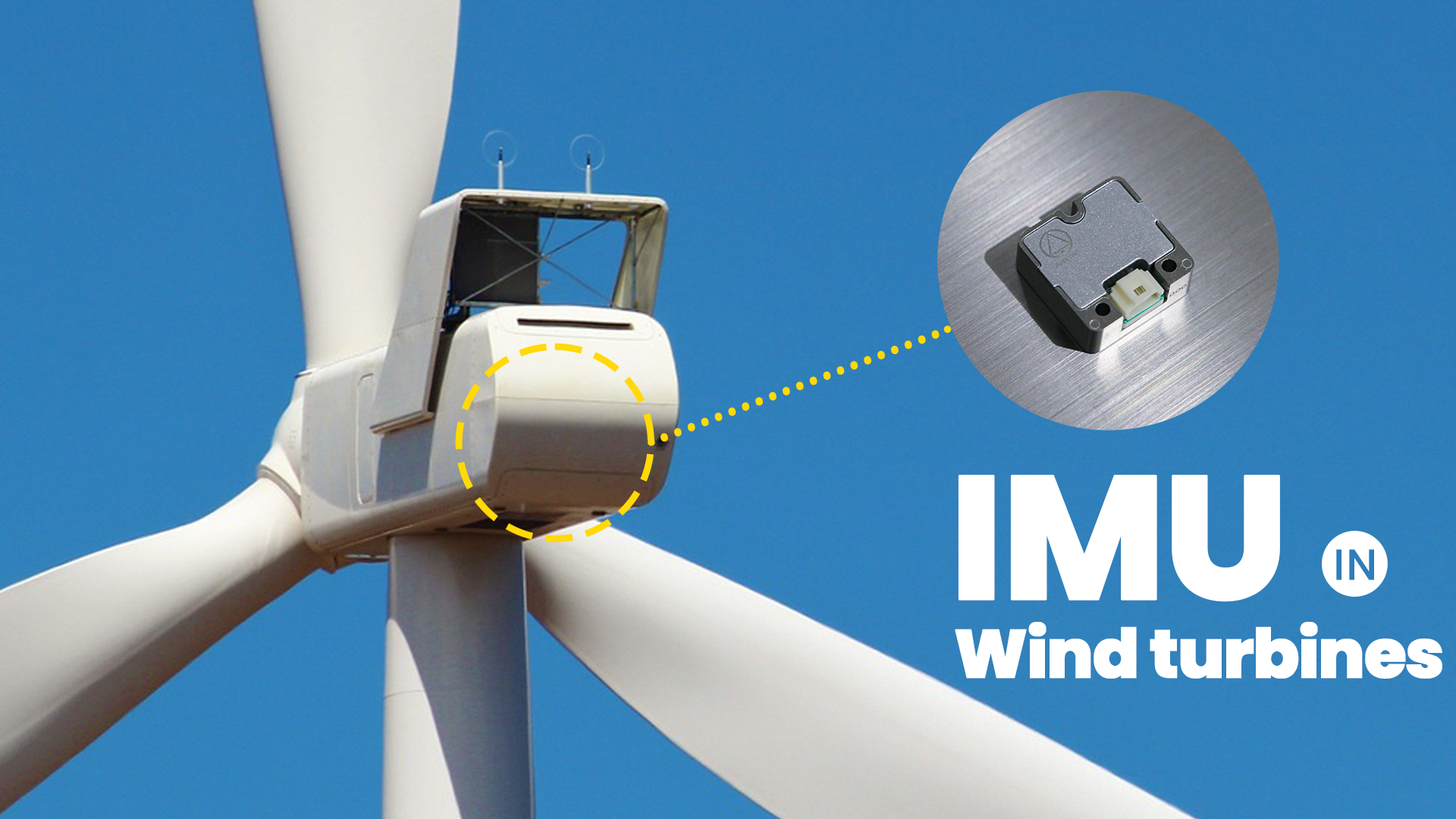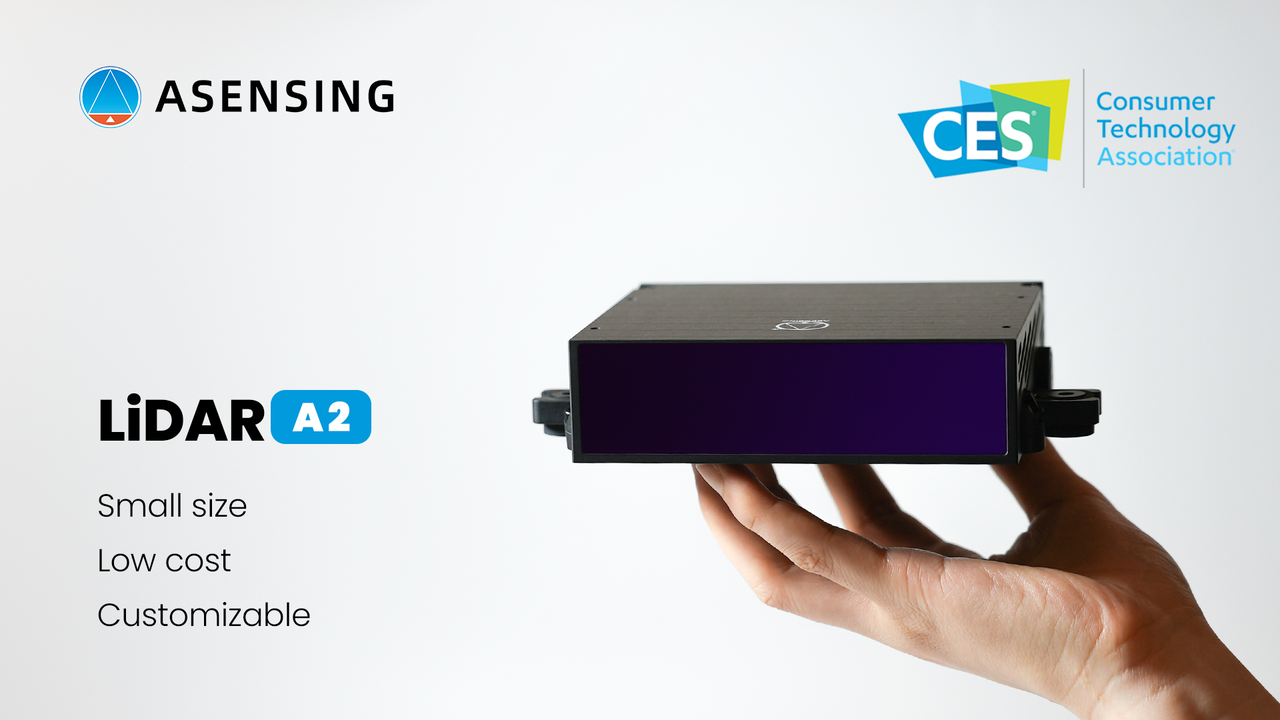新闻动态 > 新闻详情
ASENSING to supply GNSS modules to help smart yard robots do lawn mowing, snow cleaning, etc
ASENSING, a high-precision positioning technology provider, has established a partnership with a leading Chinese yard robot manufacturer to supply GNSS modules.
With these modules installed, yard robots can acquire accurate and stable navigation information to carry out tasks such as lawn mowing and snow removal in various, even the most harsh, outdoor environments.
The partnership comes at a time when the demand for multi-purpose yard robots is rapidly increasing in North America and Europe, especially in the Nordic countries.
Though obtaining high-precision GNSS-based positioning is essential for such robots, it is easier said than done in these countries.
Dual GNSS Modules for Reliable RTK
Yard robots are evolving alongside developments in autonomous driving and GNSS-based navigation. Tasks such as lawn mowing and snow clearing are increasingly handled by smart machines capable of operating without physical boundary wires. The shift from wire-guided systems to fully autonomous robots depends heavily on high-precision satellite positioning.
Traditional models relied on buried wire infrastructure to define operating zones, limiting flexibility and increasing installation costs. In contrast, modern robots equipped with GNSS modules can operate in boundary-free mode, enabling dynamic path planning and improved coverage efficiency.
Challenges to achieve high-precision GNSS positioning include high cost of correction services, sparse RTK base station coverage, and urban environments that introduce signal blockage and multipath interference.
To address these limitations, the yard robot manufacturer has chosen ASENSING's solution of dual-GNSS configuration.
This system includes one GNSS module on a self-deployed fixed base station and another on the mobile robot.
The base station receives satellite signals, computes differential corrections, and transmits this data wirelessly to the robot. This enables centimeter-level accuracy without reliance on third-party infrastructure, while one base station can serve multiple robots simultaneously.
Check below for an overview of ASENSING's GNSS modules for yard robots.
NAV3120
-
Supports full GNSS constellations and frequencies
-
Built-in RTK and INS algorithms
-
AEC-Q100 Grade 2 certified
-
Dual-antenna heading support
-
Narrowband anti-jamming capability
-
Size: 17 × 22 × 3.1 mm (LGA)
-
Power consumption: ≤130 mA @ 3.3 V
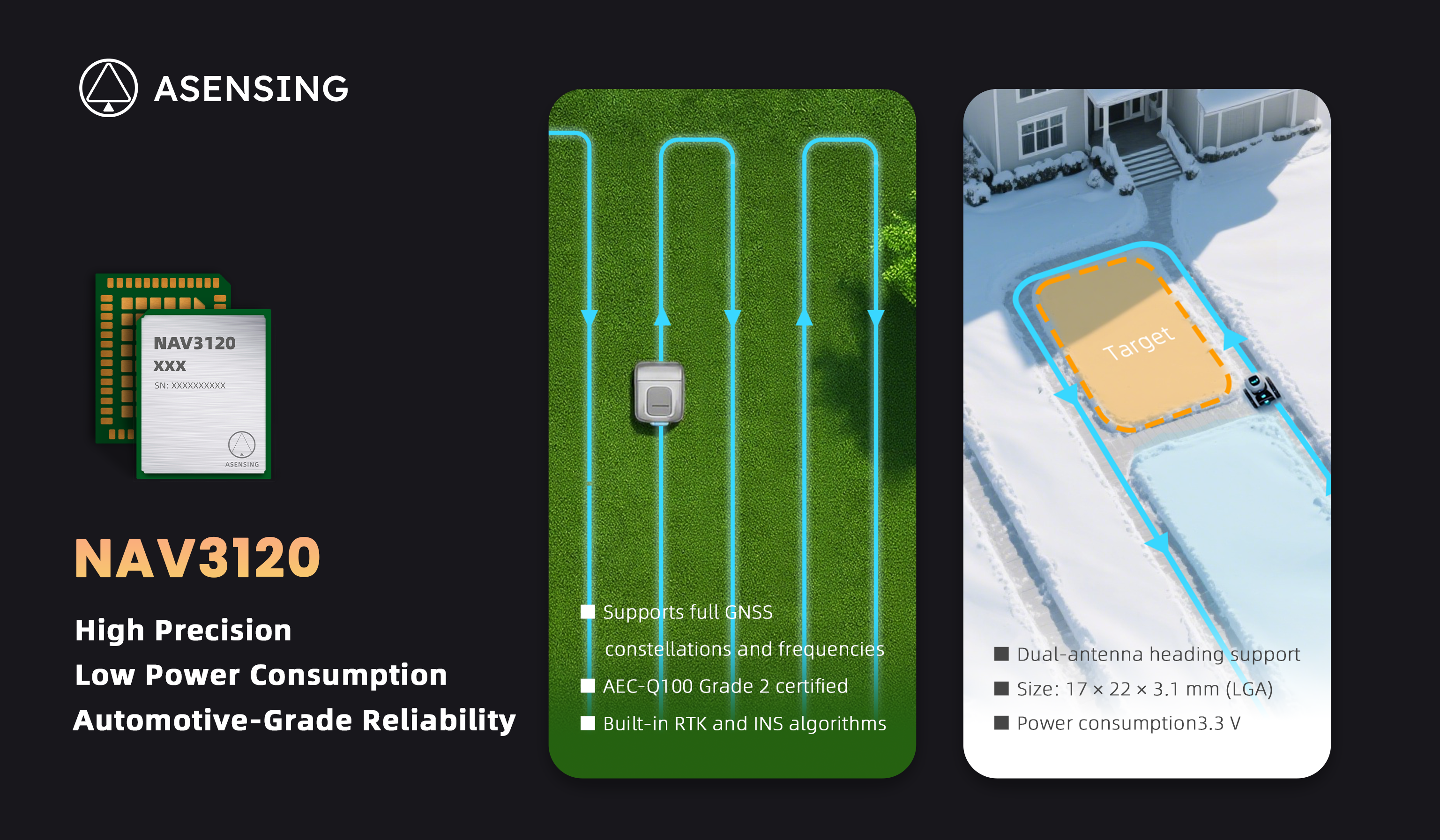
NAV3320
-
Multi-frequency GNSS support
-
Integrated RTK algorithm
-
Embedded NIC interference mitigation unit
-
AEC-Q100 Grade 2 certified
-
Size: 12 × 16 × 2.6 mm (LGA)
-
Power consumption: ≤120 mA @ 3.3 V
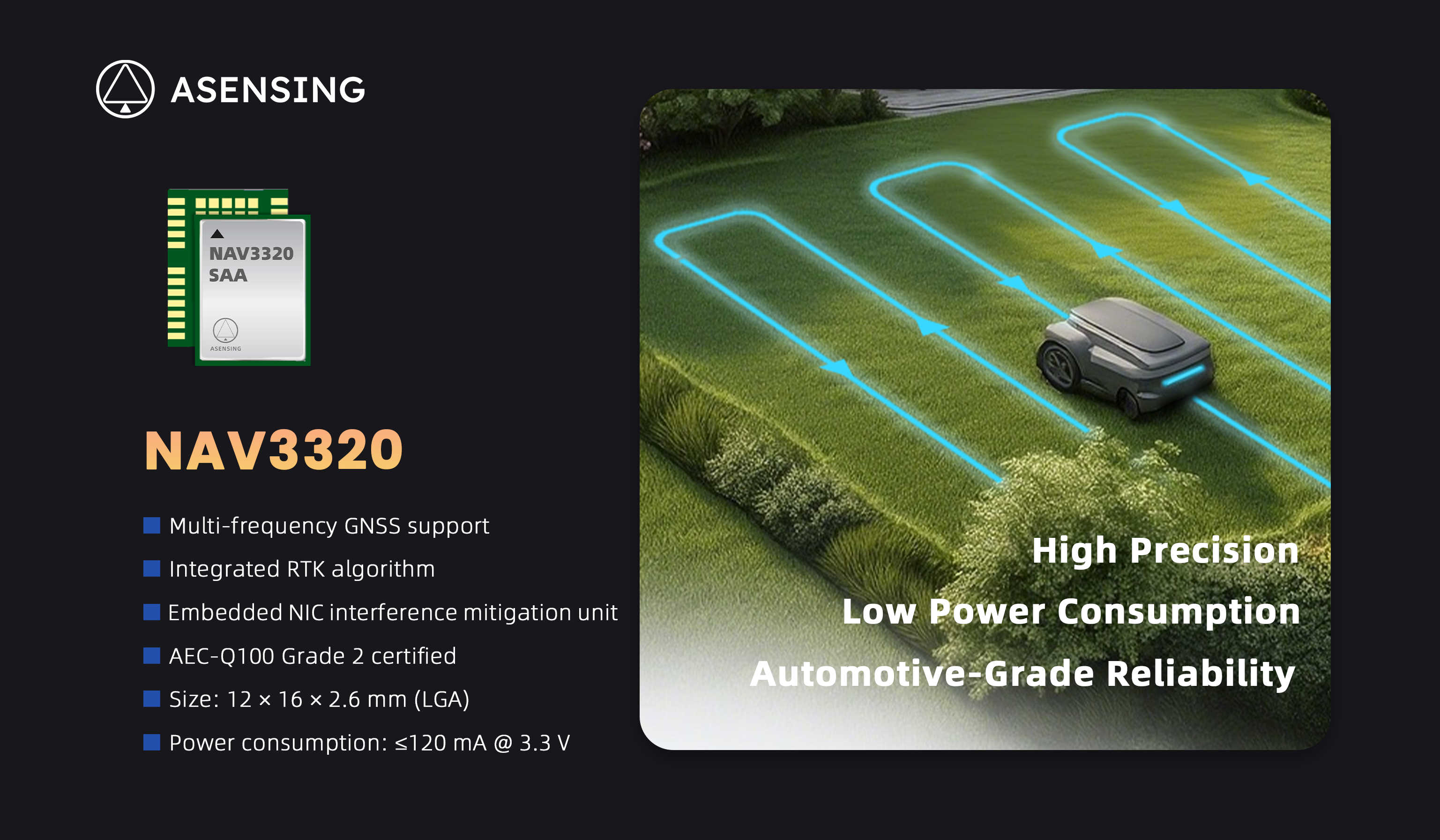
Technical Highlights
1. High Precision in Real Environments
ASENSING modules support full-constellation, full-frequency GNSS signals and deliver centimeter-level accuracy (1 cm + 1 ppm RMS). Proprietary RTK algorithms maintain high fix rates even under tree cover or near walls, enabling accurate positioning for path planning and obstacle avoidance.
2. Automotive-Grade Reliability
Designed to meet AEC-Q100 Grade 2 and tested per AEC-Q104 standards, the modules operate from –40°C to +105°C. Built-in narrowband interference suppression ensures signal stability in harsh weather and high-EMI conditions.
3. Low Power Consumption
Using a 22nm RF-baseband integrated chip, the modules achieve low power draw and reduced heat output. This extends battery life, simplifies thermal design, and supports longer outdoor operation.
Surging need for yard robots
The global yard robotics market is undergoing rapid growth. According to a 2023 report by Grand View Research, the global lawn mower market is expected to reach USD 48.6 billion by 2030, growing at a compound annual growth rate (CAGR) of 6.6% from 2025 to 2030. Within this segment, robotic lawn mowers are seeing particularly strong momentum.
The demand is especially prominent in North America and Europe, where labor shortages and aging populations pose operational challenges. A 2023 study by Frost & Sullivan estimates that private gardens in these regions number approximately 180 million, accounting for 72% of the global total. Regulatory requirements for snow removal in many U.S. states, combined with the need for labor-saving solutions, are driving strong interest in automated yard equipment.
Conclusion
As global demand for yard automation grows, high-precision positioning has become a foundational technology for next-generation robots. ASENSING’s GNSS modules provide the accuracy, robustness, and power efficiency needed to support scalable deployments.
By working closely with partners and tailoring its technology to local needs, ASENSING is contributing to the growing global adoption of smart outdoor robotics.
更多资讯


